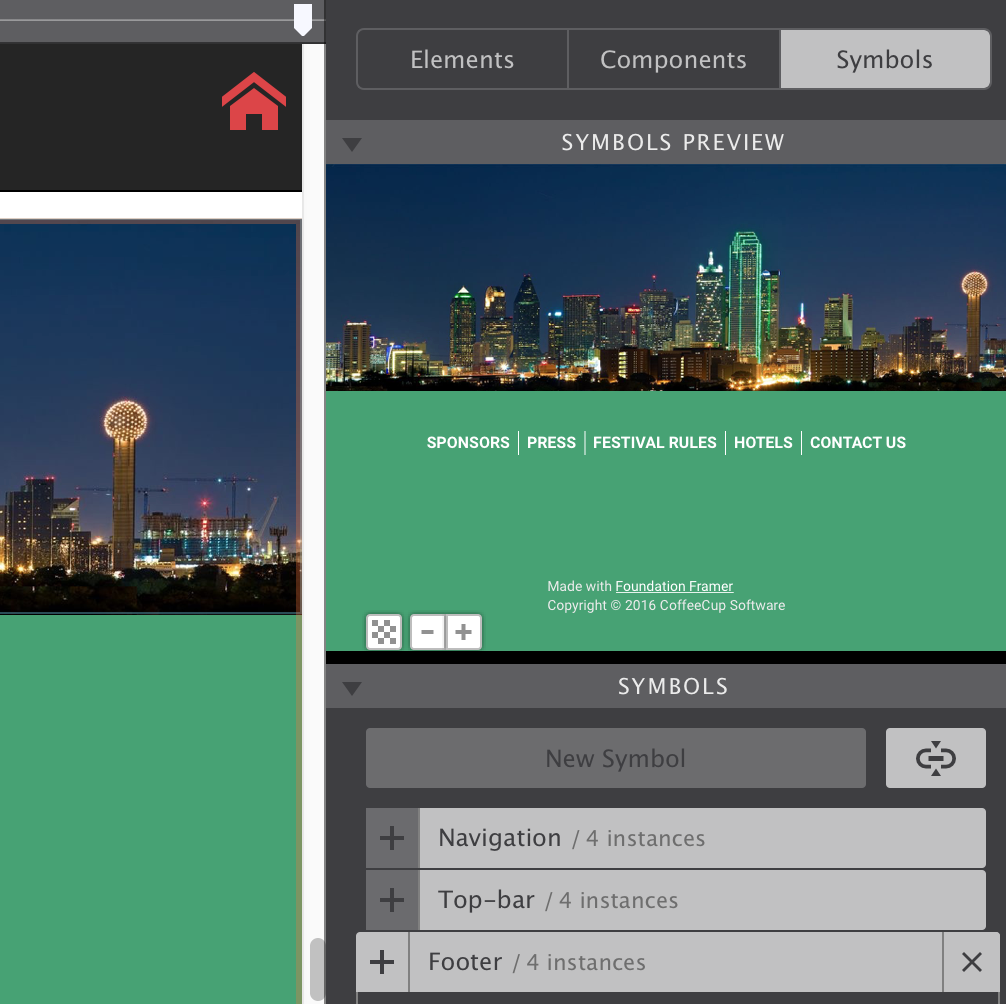

- #FOUNDATION FRAMER CRACKED CRACKED#
- #FOUNDATION FRAMER CRACKED CRACK#
- #FOUNDATION FRAMER CRACKED WINDOWS#
This is perfectly understandable given the high cost of repairing this type of damage. Many of them put off repairs as long as they can. :) But that's what I'd do.Homeowners do not look forward to dealing with foundation difficulties. Stabilize all that, and I bet you'll be ok for the next few years, assuming you have no seismic problems locally.Īlso, of course, this advice is worth what you paid me for it if you'd paid me, I would't give it. If your monitors show issues, move fast.Īll of that is provided that you are not talking about significant (recent or contemplated) excavation, changes in the surrounding water behaviour (did you remove any trees?), and that you are getting the water far away from the foundation. If you see shifting measured in millimetres, given the tectonic rates at which houses shift, you're probably ok for the next couple years.

You do want to fix this, but your time frame seems to be in months, not years. 1920s-and-older construction is often significantly overbuilt (I've owned 5 so far, so take the sample for what it's worth statistically!) and can take a lot of abuse. If it were me, I'd stick with your drainage improvements, monitor, and save pennies to fix this for real. Beyond watching for new cracks or shifts in existing ones, what else should I watch for that would indicate somehow finding a way to accelerate repairs? With all that data, now to the questions: given all above, and diligent efforts to protect and monitor my situation, is it plausible to get between 6 and 10 months further down the road before initiating repairs? I have marked and measured existing cracks and am logging them and photographing them to monitor any changes. However, I am unable to arrange the financing I would need right now to make the repairs – it simply is not possible until at least mid autumn, and probably not until late spring. These drainage improvements are ongoing right now. He suggested several things I could do to further improve drainage and protect the foundation along with repairs. He has described some repairs which seem plausible, and did not seem overly concerned about the state of the house. I have brought out a foundation repair company engineer.
#FOUNDATION FRAMER CRACKED CRACKED#
A bit stiff to open, but did open and close) is now much easier to open.Ī cracked spot about 8 feet from the NW corner of the house, that unfortunately is near a pillar holding a ceiling crossbeam for the great room of the house.
#FOUNDATION FRAMER CRACKED CRACK#
These braces are temporary, absolutely, but with them in place one crack under a window closed up up, and a door that was slightly sticking (i.e. I have temporarily installed braces under two floor beams and one section where the foundation was cut away for crawl space access. The space under the house in this area is only about 12 inches, so calling it a crawl space is generous. The door to the bath is still square (or as square as it ever was - opens and closes but is a bit stiff in upper corner - no change in one year of use). In the bath by this space, I have noted slight shift issues, defined as an apparent 2 mm shift in the top of the tub surround relative to the paint line on the wall, and stress marks in corner drywall tape (i.e bubbles and apparent minor vertical movement). This wall is a very shallow foundation, and will mostly likely need to be replaced, as there simply isn't much for a pier to grab onto. The east foundation crawl space wall, for a span of about 20 feet, has suffered cracking, and has bowed in some.
#FOUNDATION FRAMER CRACKED WINDOWS#
All windows still open and close easily, as do the doors in this part of the house. Over the past year, I have observed at two windows above this wall very short (3-4") hairline cracks, but no other evidence of movement.

Before I knew about the bowed and cracked wall (it was hidden by drywall in the basement), I repaired the drywall problems I could see. The house at one point had definely settled on this wall. South basement wall (partial basement, the rest is crawlspace or less - see below) has bowed and cracked due to hydrostatic pressure from really idiotically bad draining for several years before I bought it. I am not asking for a diagnosis of those problems per se. I own an older home (1920s construction) that I do know has foundation problems.


 0 kommentar(er)
0 kommentar(er)
